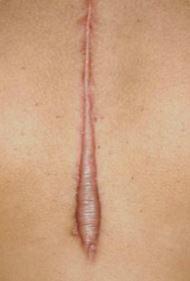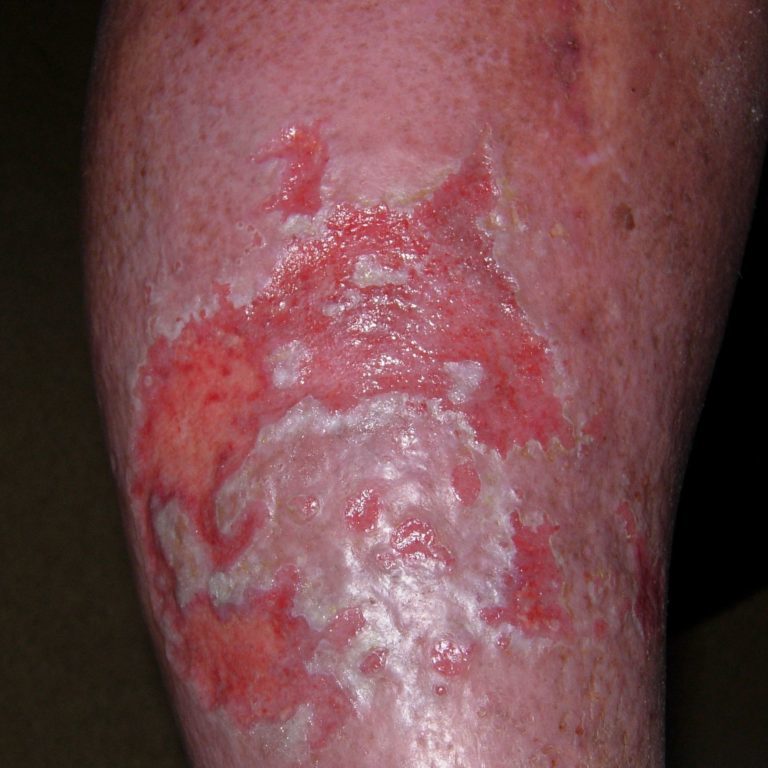Abnormal Wound Healing (Part 3)
We’ve already discussed problems with wound healing that occur during the inflammatory and proliferative phases of wound healing. Next we’ll take a look at what can go wrong during the maturation and remodeling stage of wound healing. Hypertrophic Scarring Hypertrophic scarring occurs when there is an overproduction of immature collagen during the maturation phase of…




